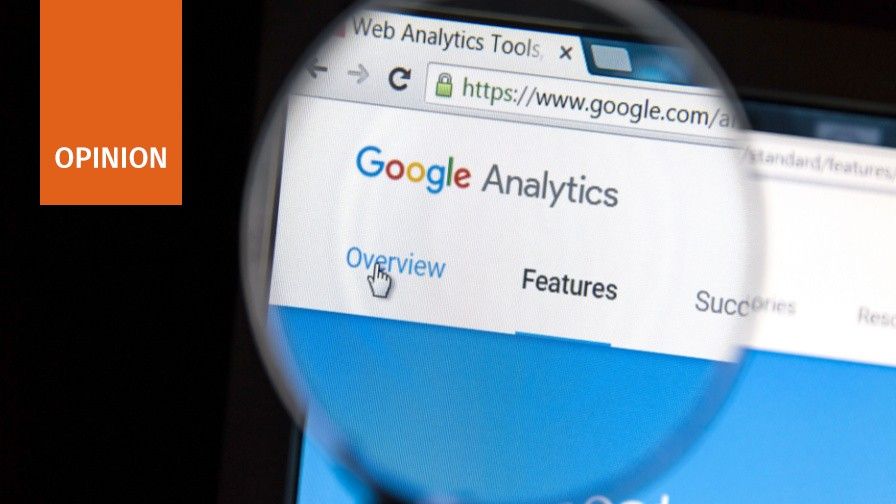GA4 is the fourth major release of Google Analytics and the newest iteration of the free measurement platform. Unlike previous releases, it’s an entirely new platform that will enhance all Universal Analytics capabilities and reduce brands’ reliance on cookies across platforms and devices. Machine learning will be used to fill any gaps where users have not given consent for tracking, making GA4 a scalable and flexible solution in line with the deprecation of cookies.
Businesses, however, need to make the move now as the current version of Universal Analytics will cease to collect any data by the end of June 2023. For brands who may be reluctant to migrate to GA4, they will lose their year-on-year data. Transition timelines will vary from company to company based on the size of the business, how many properties they have, and their reliance on data-driven decision making.
Making the move in three simple phases
It’s clear that the sooner a business starts its transition to GA4, the more confident its team will feel working with the new platform. The first step involves planning and implementation, focussing on creating the Google Analytics property and configuring the base tracking across a company’s digital properties and apps. Once this has been established, marketers will need to set up platform links between their Google Marketing Platform, Ads, Optimise and BigQuery which is Google’s Cloud Data Warehouse, before testing the initial implementation of GA4.
Following this, brands will need to start establishing the new GA4 capabilities and rebuilding any reporting and data pipelines for the new platform. Marketers can also begin to replicate any Universal Analytics audiences and segments, as well as implement any enhanced e-commerce tracking. It’s vital at this stage to begin training the wider team to help them understand how best to leverage GA4 and its advanced capabilities.
To fully understand the platform and its capabilities, it’s important for organisations to begin the final stage and trial the new GA4 features. In addition, marketers should undertake regular privacy audits to ensure that their brand adheres to any applicable data protection laws. GA4 is constantly evolving, so businesses need to ensure that they can quickly react to new changes and provide relevant training to help teams upgrade their skills.
Taking this all into account, it is recommended that brands implement a dual set-up, whereby GA4 is deployed on the web alongside the existing Universal Analytics property. When this process is completed, an organisation’s website measurement data is sent to both the Universal Analytics and GA4 property. This approach ensures that marketers have sufficient time to transition reporting before the platform sunsets.
Bringing benefits to brands’ digital assets
Whilst the upgrade may seem like a daunting process, GA4 will bring a host of new benefits to brands. Predictive Audiences is set to allow marketers to forecast when users will churn, convert and uncover lifetime value, which goes far beyond retargeting audiences. By predicting the purchase behaviour of users in the next one to four weeks, businesses have better opportunities for cost-effective paid campaigns and improved return on investment (ROI). Furthermore, Data-Driven Attribution Modelling will become available for non-premium properties. This move to a modelled approach to attribution takes into account each of the touchpoints on a website’s conversion events and ensures that a brand’s advertising spend works harder.
Businesses will also benefit from On-site Optimisation Integration with Google Optimise. This means that experiments can be run using user metrics instead of using the session scope of Universal Analytics, ensuring that a campaign is targeting a group of users who exhibit certain behaviours and attributes. Additionally, BigQuery exports will become available for non-premium properties. Previously, GA360 was needed for brands to automate data exports into BigQuery, but this can now be seamlessly achieved in GA4, opening up a new world of reporting, insight, and modelling capabilities.
GA4 is a privacy-centric platform as Google understands that it is vital for consumers to take charge of their data in order to build mutual trust. The new platform has been built with privacy in mind due to a selection of privacy features that help brands give control back to their customers. For instance, GA4 anonymises user IP addresses by default and can be used with consent mode to make tracking opt-ins easier and more reliable.
Aligning GA4 with performance marketing
It’s no secret that GA4 is going to revolutionise the world of performance marketing and open up a plethora of tools that will bolster future business strategies. Google’s integration with machine learning and AI will allow marketers to make better-informed decisions about their plans for campaigns and content. The platform can track trends and calculate advanced metrics that had not been previously tapped into. As a result, brands will be able to utilise these insights to ensure that they are making the most of their marketing budgets.
Traditionally, analytics has been restricted to devices or platforms that limited the end-to-end understanding of a buyer’s journey. GA4 can help businesses fill in these gaps and truly gain the knowledge related to how individual customers relate to their website. This customer-centric approach means that brands can better adapt to consumer needs and make updates to the site for an improved online experience which aligns with user demands.








